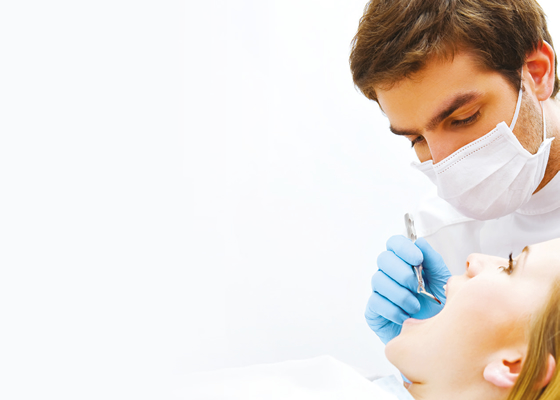Teilnahmebedingungen für das Gewinnspiel “Brain Boost Event 2025 – Gewinne 2x Teilnahmeplätze für dich und deinen Lieblingskollegen in Seefeld”
Teilnahmebedingungen:


Adhesives are critical to the long term success of a restoration and making the right choice isn’t always easy. If an adhesive can be used for multiple applications and substrates, it not only simplifies and speeds application, but it helps eliminate confusion and ensure consistent results.
Adhesives are critical to the long-term success of any dental restoration – but making the right choice isn’t always easy. Many factors can impact efficiency and retention, from curing method to how many steps are involved, which is why it’s so important for clinicians to stay informed. Take a look at some things to keep in mind when selecting an adhesive.
From performance to ease of use, dental adhesives have come a long way. Universal adhesives’ faster application time cuts the risk of contamination by blood or saliva and increases the viability of the final restoration. In addition, they can be used in multiple clinical situations as they bond to many different materials, including enamel, dentin, base metal alloys and zirconia ceramic materials.

Direct restorations, as implied by the name, are performed directly on the prepared tooth or teeth. Tooth-colored composite resin is placed and shaped before curing.
Indirect restorations are created outside of the mouth using dental impressions. This often involves working with a dental laboratory to manufacture the restoration before placement.
Most clinicians use more than one adhesive based on the clinical indication. However, universal adhesives can be used for both procedures – simplifying both processes and streamlining their inventory.

In order for an adhesive to bond to the tooth, the surfaces must be roughened using a process called “etching.” There are three different types of etching:
Total Etch – Both enamel and dentin are etched using phosphoric acid.
Selective Etch – Only the enamel is etched with phosphoric acid.
Self-Etch – The etchant, or etching chemical, is contained in the adhesive and no phosphoric acid is used.
The method used depends on the particular clinical situation. Unlike other adhesives, universal adhesives can deliver good bonding regardless of etch technique, while virtually eliminating post-op sensitivity.

With so many variables involved, it can be overwhelming to make the right adhesive choice. However, there are a few features to keep in mind when making a selection:
If an adhesive can be used for multiple applications and substrates, it not only simplifies and speeds application, but it also helps eliminate confusion and ensure consistent results. The more often an adhesive is used, the better it’s understood – giving an entire staff confidence in their restorations.
Thankfully, not only does 3M™ Scotchbond™ Universal Adhesive have all of these features, but unlike many universal adhesives it’s also backed by multiple successful long-term clinical studies – for an adhesive that checks all the boxes.


How do you motivate your patients? Discover how caries risk assessments and motivational interviewing tactics can help you connect with…

Caries is a complicated multifactorial disease. In this two-part series, explore how caries risk assessments can help improve evaluation and…